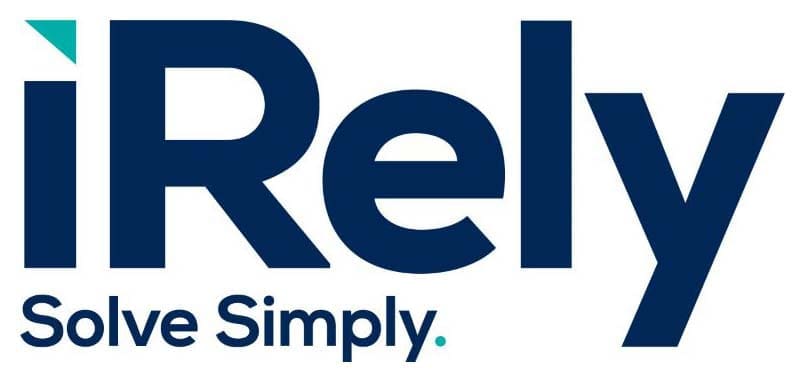Understanding the True Cost of CTRM Software
When you are investing in a new commodity trading and risk management (CTRM) solution, your final decision often comes down to price. Therefore, you need to understand the total cost of the software you are purchasing. The cheapest option may have hidden costs, and the most expensive option may end up cheaper in the end.
The average lifespan of enterprise software is seven to 10 years. Today’s CTRM solutions can be upgraded over time, extending the life of the software beyond 10 years without requiring a huge investment. Implementing a new CTRM system is an endeavor, requiring months of implementation time, training personnel, changing work processes, etc., so you don’t want to replace it too frequently.
When evaluating the cost of new software, make sure you have the complete picture.
Analysts have found that roughly 75% of ERP projects fail. Nearly 59% take longer to implement than originally projected, 74% experience costs overruns, and 88% of companies end up customizing their new systems. Therefore, you need to plan carefully and choose wisely.
1. Make sure the price you are quoted does not have hidden costs. Beware of companies that may tack on additional fees because they don’t understand the scope of the project upfront. Use a comprehensive business process review to ensure you have the functionality you need to meet all your goals and ensure implementation success.
2. Be careful of companies that are owned by private equity firms. After five to seven years, they often have to cash in and show investors profits, potentially leaving you with unsupported technology. They also tend to put a lot of debt on the business – often four to five times EBITDA.
Because private equity-owned companies have so much debt, they often can’t invest to keep up with competitors. It takes a long time for returns on R&D investments to be realized — longer than the average five-to-seven-year period before the company is sold off. Investing in new products, upgrades and software improvements may be abandoned.
3. Ensure you choose a vendor that is continuously investing in technology. Check product roadmaps and the company’s history of R&D investment. Ensure they have a stable, comprehensive program for software upgrades. Check the typical frequency and costs of upgrades, so you always have access to new features.
4. Make sure the CTRM solution fits your specific industry. Many software companies, especially PE-owned ones, are looking to maximize profits by selling generic solutions to everyone. More than 62% of the CTRM market is comprised of energy solutions. Therefore, most CTRM software companies focus heavily on energy markets (ETRM), because energy is the biggest market. Will their energy expertise help you? How likely are they to have functionality specifically designed for coffee processors, for example, since coffee is less than 1% of the market?
5. Research the software providers’ implementation success rates. One of the most expensive mistakes you can make when purchasing a CTRM system is choosing a system that will never work for you. There are many famous examples of software implementations that cost millions of dollars and never worked.
Read this white paper for an in-depth evaluation of the true cost of CTRM software.
Contact iRely today to learn how we can help you find the best commodity solution for your business.
